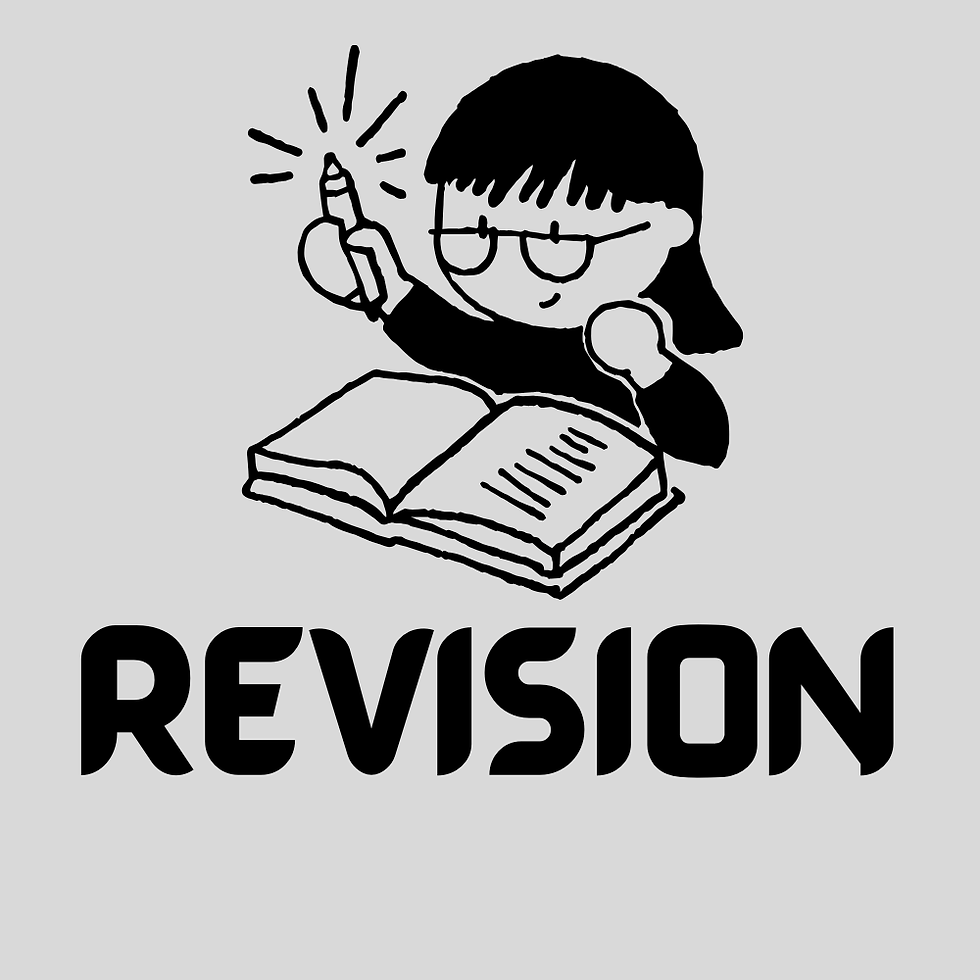What's the Word on World Building?
- E.E. Suchowolec
- Mar 10, 2019
- 4 min read
Updated: Sep 2, 2022

So, who else here likes to read fantasy? (Seriously, I can’t be the only one. Raise your hand!)
I love to immerse myself in a good fantasy book. It's like I’m playing a mental Dungeons & Dragons game. Magic, talking creatures, sarcastic companions…sure, these could play a part in a wide range of genres, but in the fantasy genre, it’s all an important by-product of world building.
I’d say world building is the most important part of the fantasy genre. (And yes, I will draw my longsword, straighten my crown, and choose this as my hill to die on.)
So… what’s world building?
World building is the craft of literally building your world. You can get into all sorts of technical terms—like the Kansas/Oz ratio where an author must use some details grounded in realism (Kansas) before delving into more fantastical story lines (Oz)—but it’s essentially how you can create a world that feels plausible for your reader, even if they’re reading about elves riding dragons in a fantasy world, or reading about a grizzled ex-cop who governs the supernatural who live alongside humans in a realistic world.
Basically, when I think about world building, a couple of examples come to mind (and conveniently, they are some of my favorites): The Lord of the Rings by JRR Tolkien, The Dragonlance Chronicles by Margaret Weis and Tracy Hickman, and The Dark Lord of Derkholm by Diana Wynne Jones. They represent different levels of the “world building spectrum”.
Let’s start with Dragonlance, shall we? This series of books is actually based on a D&D game. We see a wide range of creatures showcased, from humans to magicians to halflings to elves. We see a wide range of magical abilities and potion-making as well as character classes like “bard”, “rogue”, and “fighter”. We don’t see any technological advancements that would signal that the story takes place in the modern age. There are castles, and dragons, and danger involving long treks into an unforgiving and mysterious wilderness. There are magical companion creatures that help make the journey interesting.
And in this beautiful, magical world, our motley band of characters forms a troupe to venture forth for a quest. Honestly, when I think ‘fantasy’, this is the usual format: a mystical world that is so fantastical that it’s easy to lose myself and forget the problems of my modern existence. Here, the Kansas/Oz ratio heavily favors Oz, but there are still realistic stakes that help to connect the reader to the characters: they are working to avoid war, they are dealing with the betrayal of a close friend, they are struggling with romantic triangles, and friendships that are proving to be superficial. Though these problems are seen through a fantastic lens, there is enough there for the readers to connect with.
Now, good ol’ Tolkien, the standard by which much of fantasy is measured. We see many similarities between The Lord of the Rings and Dragonlance—here is our motley band of different races and magical abilities venturing on a quest, facing fantastical and supernatural elements—but Tolkien had created a world that was so deep that he actually invented different languages for his races. He created whole histories for the races that spanned thousands of years prior to, and following, the events of the main trilogy. He delved so deep into world building that it must have been a struggle to resurface. But man, does it make for some phenomenal reading.
Here we see the aspect of world building is much more complete and complex, but it is more than what the reader has asked for out of the story. I know, at least for me, I’ve never once wondered how to conjugate verbs in Elvish or Dwarvish… but Tolkien has anticipated this need and has worked to provide these details. There is almost no Kansas here; the world is almost completely Oz, except that there are humans. Don’t get me wrong, these details are fantastic, but…it’s like a grandmother coming around the supper table, offering third and forth helpings when you are already satisfied. To me, it borders on overkill. (And now I’m fixing my chainmail, waiting for the backlash.)
On the other end of the spectrum, there is Diana Wynne Jones’ fantastic work, The Dark Lord of Derkholm. (Full disclosure, this is probably my favorite book from my childhood in the pre-Harry Potter era.) Derk is a wizard whose world is a fantasy parallel to a more realistic one. Derk has been chosen to be the new “Dark Lord”, which means exploiting every cliché possible for the adventurers to combat: led by the ‘wise guide’, the adventurers must fight through ‘demons’ and ‘fiery dangers’ that are not remotely dangerous at all, and then face the ‘Dark Lord’ before literally exiting through a portal that leads to the gift shop. Basically, it’s like a trip to Disneyworld.
Here, the Kansas/Oz ratio is nearly equal. Despite having fantasy beasts and magic, there are realistic explanations and stakes, as well as a more realistic world, and a consumerism subplot that rings true in our reality. And the fact that so many fantasy tropes are played as ironic clichés is just delightful.
So, here you go: here are three examples of superb world building which are key components of the fantasy genre. I argue that world building is the most important aspect of fantasy because without a fantastic world that has some realistic details, the reader cannot suspend disbelief long enough to submerge themselves into the plot.
Now, if you’ll excuse me, I’m going to strap on my chainmail, grab my longsword, and study up on my arcane runes. I have a date with a dragon.
About the author: E.E. Suchowolec is currently pursuing a degree in Writing. She lives in Michigan with her husband and three small children. In those rare moments where she is not writing, she can be found taking pictures of her family, going on adventures around the state, knitting, or reading with a hot cup of coffee in hand. She has recently embarked on a quest to read some of the greatest literature known to man. Emily has just finished Infinite Jest, and realizes that her TBR pile is now much larger than she would like to admit.
.png)



Comments